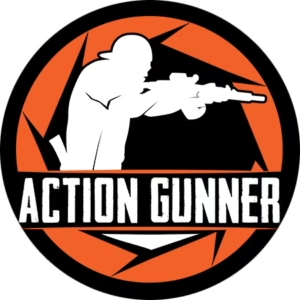3-Gun is a fast-paced, dynamic shooting sport that tests the versatility and skills of participants in handling different types of firearms. This article delves into the world of 3-Gun, exploring its rules, required equipment, and how you can get started in this exciting sport.
3-Gun is a competitive shooting sport where participants use three different firearms – a rifle, a shotgun, and a handgun – in various courses of fire. The courses are designed to challenge shooters with a mix of target types, distances, and shooting positions.
The origins of 3-Gun date back to the 1980s, where it evolved from military and law enforcement training exercises. It has since grown into a popular civilian sport, with competitions held across the United States and internationally.
| Firearm Type | Description |
|---|---|
| Rifle | Typically a semi-automatic rifle, often an AR-15 variant, is used for short and long-range targets. |
| Shotgun | A semi-automatic or pump-action shotgun, used for close-range targets and flying clay targets. |
| Handgun | A semi-automatic pistol, used for medium-range targets and some precision engagements |
3-Gun competitions have varying rules and scoring systems, often depending on the organizing body and whether its an “Outlaw” match or USPSA sanctioned. Generally, the scoring is based on how fast you complete a stage, with penalties for missed targets or procedural errors. Hit Factor scoring is rare for most matches.
Participants can compete in different divisions, each with its own rules regarding firearm types and modifications. Common divisions include:
Aside from the three firearms, shooters need:
Safety is paramount in 3-Gun. Competitors must follow strict safety protocols, including muzzle discipline and keeping the finger off the trigger until ready to shoot.
To get started, new shooters can:
3-Gun is a thrilling sport that combines speed, precision, and strategy. Whether you’re a seasoned shooter or a beginner, 3-Gun offers a challenging and enjoyable experience. With the right approach and practice, anyone can become proficient in this dynamic shooting discipline.
